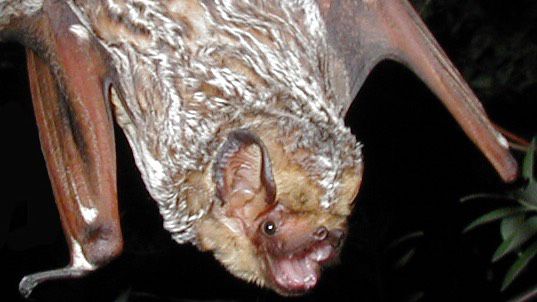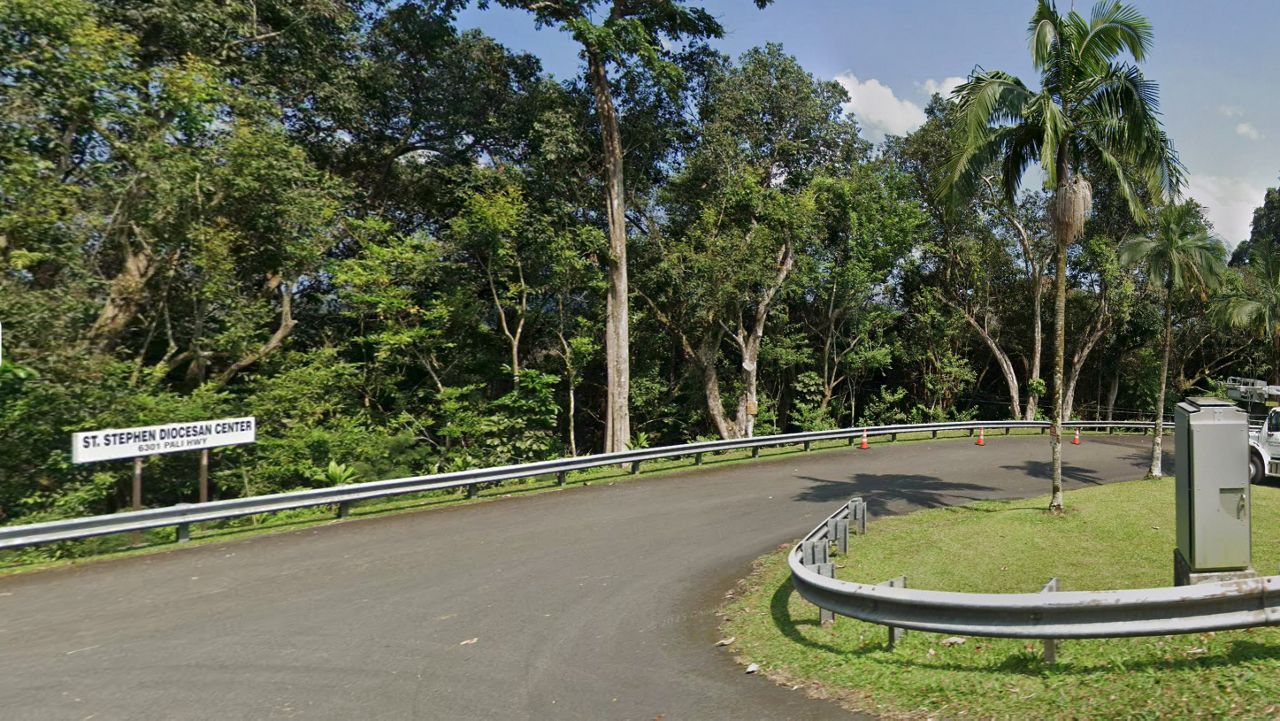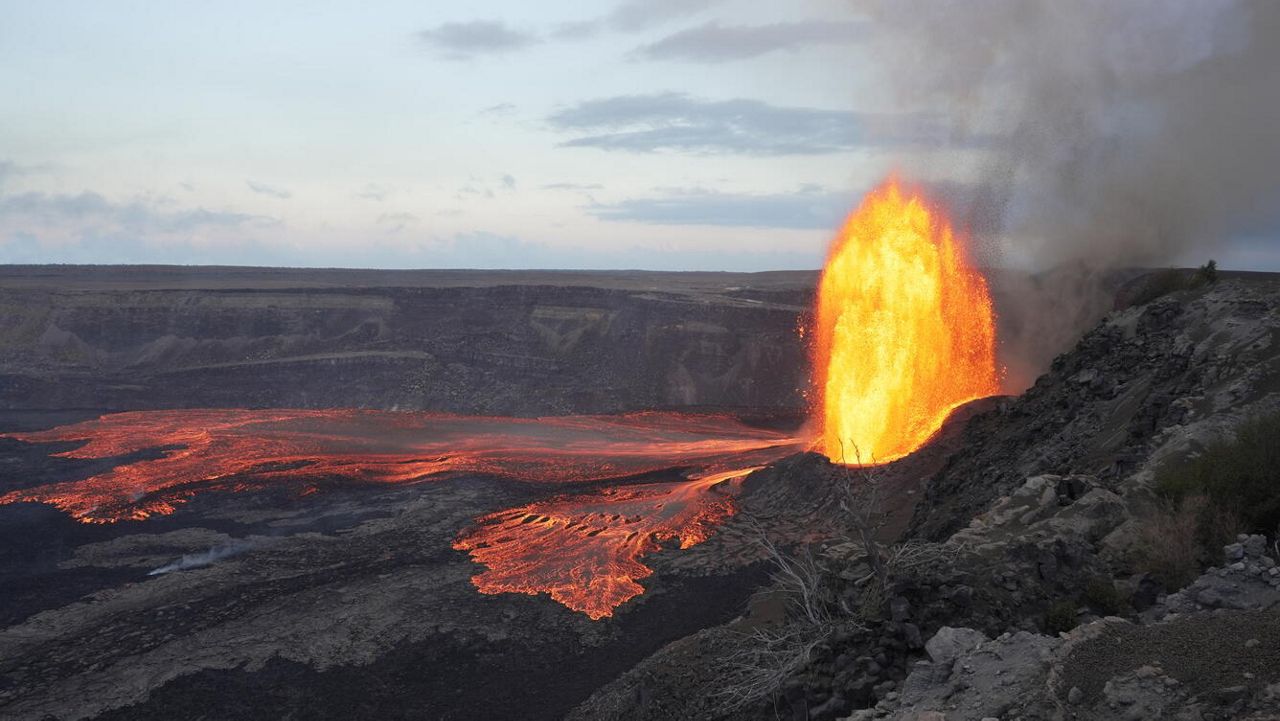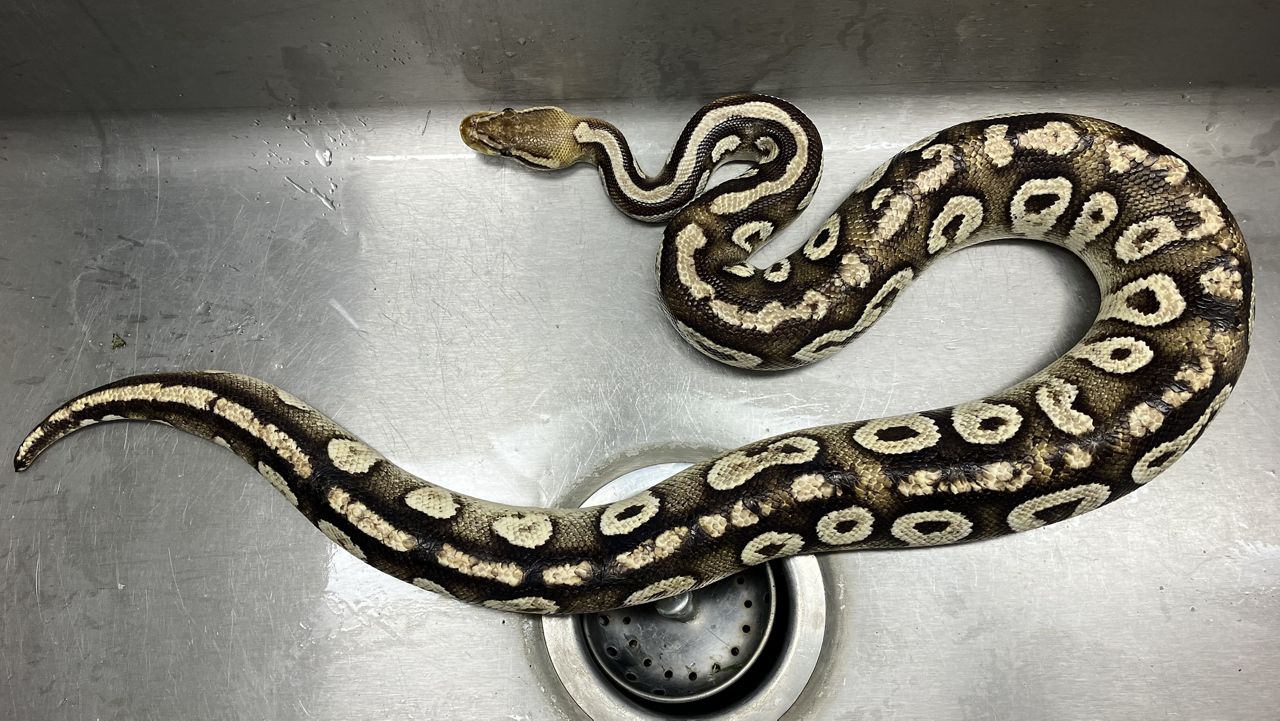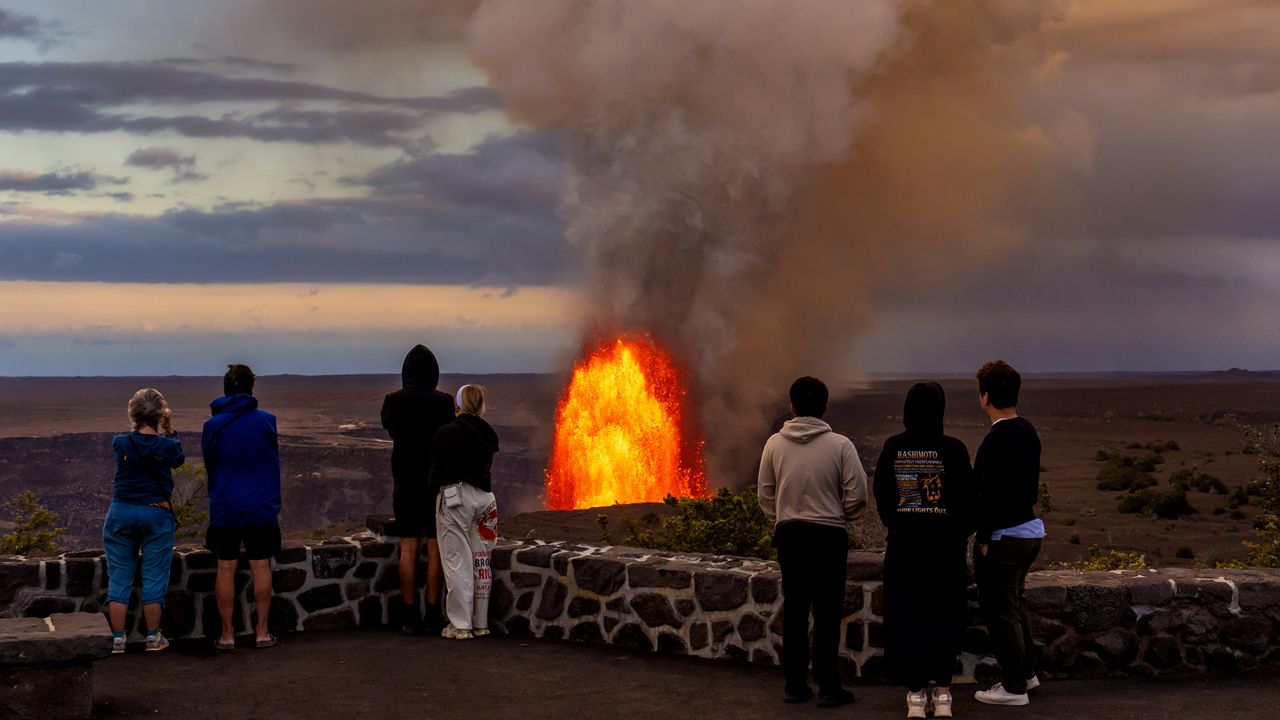The U.S. Fish and Wildlife is correcting the names of 60 species in the Pacific Islands, which includes the correct usage of Hawaiian diacritical marks, according to a release. All of these species are listed as endangered or threatened under the Endangered Species Act.
The corrections include changes to scientific names and common names. Changes were made to reflect new data or their place of evolutionary origin.
For example, the ʻōpeʻapeʻa (Hawaiian hoary bat) was thought to be closely related to bats from the continental U.S. and was listed as an endangered subspecies with the scientific name Lasiurus cinereus semotus. However, recent analysis shows the ʻōpeʻapeʻa is its own species, and the species has been reclassified as Aeorestes semotus.
Many species in the Pacific are recognized by their Hawaiian and Chamorro (the indigenous language of the Mariana Islands) names. These names are also used in Service documents. Now, these common names are being added as accepted names for these species.
For example, the Hawaiian names for Hawaiian hoary bat ('ōpe'ape'a), Hawaiian coot ('alae ke'oke'o), Hawaiian duck (koloa maoli), Hawaii creeper ('alawī), Newell's shearwater ('a'o), Hawaiian petrel ('ua'u), band-rumped storm-petrel ('akē'akē) and Hawaiian crow ('alalā) will all be added.
The changes also include the correct usage of diacritical markings for Hawaiian and Chamorro names.
For example, the crested honeycreeper’s Hawaiian name was formerly listed as Akohekohe, but will now be listed as 'Ākohekohe.
However, the diacritical markings will not be displayed in some publications, because the codification process, known as the Code of Federal Regulations, is not able to represent an ʻokina.
The rule will be available for 30 days for comment. A copy of the document may be accessed on the Federal Register.
Michelle Broder Van Dyke covers the Hawaiian Islands for Spectrum News Hawaii. Email her at michelle.brodervandyke@charter.com.




